OUTLINE:
A Comprehensive Overview of 4 Ultrasound Transducer Types
 221
221Ultrasound technology has revolutionized medical imaging, allowing us to peek inside the body without making a single incision. But it all starts with a critical tool: the ultrasound transducer. These ultrasound transducer types come in many forms, each suited for different diagnostic needs.
What is an Ultrasound Transducer
Think of an ultrasound examination as a conversation in sound waves. Or you can simply consider it as a wand that speaks and listens in sound waves. That's essentially what an ultrasound transducer does.
Difference between Ultrasonic Sensor and Ultrasonic Transducer
Although ultrasonic transducers and ultrasonic sensors are closely linked, they differ slightly in a few ways:
The essential element that transforms electrical data into ultrasonic sound waves is an ultrasonic transducer. It functions as a kind of translator at ultrasonic frequencies between the electrical and acoustic domains.
Ultrasonic Sensor: One of the essential components of this more sophisticated gadget is an ultrasonic transducer. Usually, circuitry and a transducer are used to create, send, receive, and analyze ultrasonic signals. After that, the sensor produces a useful output, such object detection or distance data.
To put it simply, a transducer is an ultrasonic speaker or microphone, and a sensor is an apparatus that makes use of the transducer to carry out a certain task.
How Do Ultrasound Transducers Work
At the core of each transducer lies a tiny wonder called the piezoelectric crystal. This unique material acts as a translator, responding to electrical variations from the transducer's circuitry by vibrating and generating sound waves.
When the transducer applies electrical voltage to the piezoelectric crystal, it vibrates, generating sound waves.
Conversely, when sound waves hit the crystal, they cause it to vibrate, generating electricity.
This two-way street allows the transducer to both send and receive sound waves, making it the vital link between the body and the image on the screen.
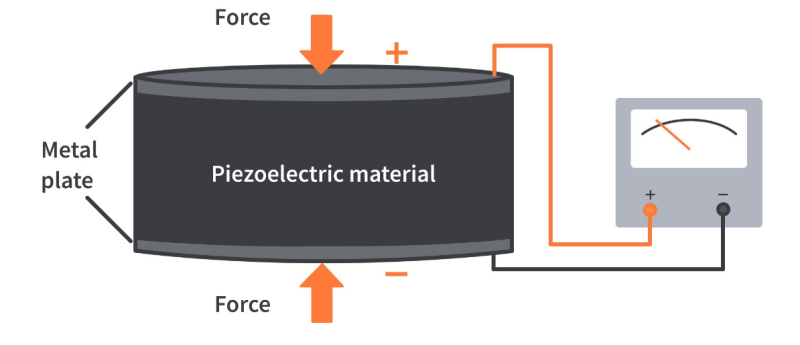
Differernt Types of Ultrasound Transducers
The diversity of transducer types reflects the multitude of diagnostic needs. Each design utilizes a unique interplay of electronic components to achieve its specialized task.
Linear Transducer
This champion of high-resolution scans boasts a simple yet effective design. Its piezoelectric crystal is stretched along its length, maximizing its sound wave generation and reception capabilities. Its circuitry optimizes for signal clarity and detail, ensuring even the finest muscle fibers or blood vessels are faithfully translated into the image.
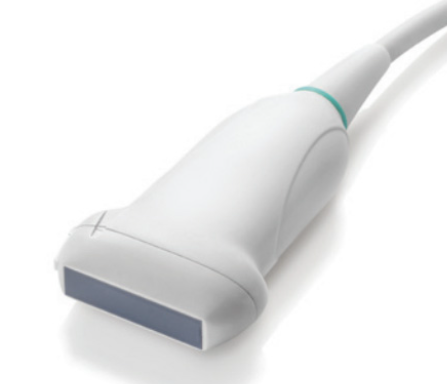
Curved Transducer
Venturing deeper, the curved transducer employs a strategically bent piezoelectric crystal to focus sound waves into a wider cone. Its circuitry amplifies weaker echoes from deeper structures like organs and fetuses, providing a panoramic view of the internal landscape.
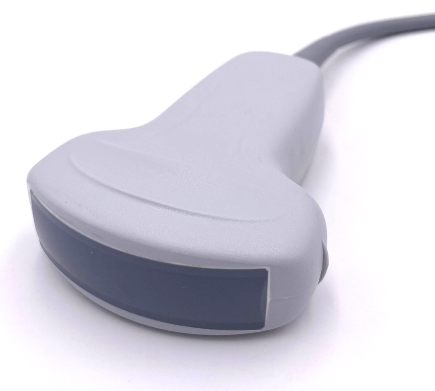
Phased Array Transducer
Its multiple piezoelectric elements are individually controlled by intricate circuitry, allowing the transducer to electronically steer and focus sound waves like spotlights. This results in unparalleled detail for examining delicate structures like heart valves or intricate vascular networks.
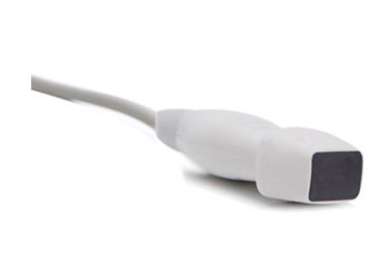
Endocavity Transducer
Its piezoelectric crystal is housed in a slender probe, equipped with sensitive circuitry that amplifies even the faintest echoes from within the body. This allows for crucial examinations of internal organs and structures.
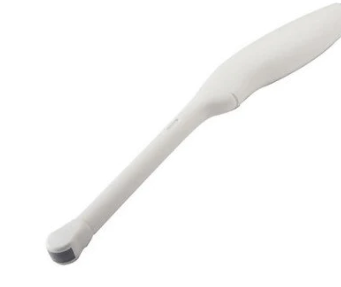
What Do Ultrasound Transducers Do
It can be summarized in 4 simple steps.
- Emitting ultrasound waves
- Receiving ultrasound waves
- Image formation
- Doppler imaging
Summary
Know the different ultrasound transducer types reveals a beautiful intersection of electronic ingenuity and medical marvel. Each transducer is a miniature marvel, its circuitry carefully orchestrated to transform the language of electricity into the language of healing. So, the next time you hear the familiar whirring of an ultrasound machine, remember the silent symphony of electronics happening within, translating whispers from the body into images that guide diagnosis and treatment.

Disclaimer: The views and opinions expressed by individual authors or forum participants on this website do not represent the views and opinions of Chipsmall, nor do they represent Chipsmall's official policy.

share this blog to:

